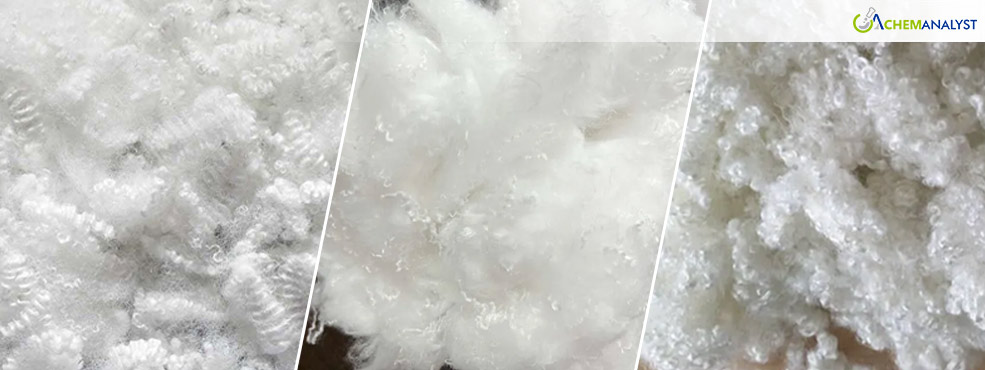Global PSF Prices Volatile in November H1 Amid Supply-Demand Shifts and Higher Freight Costs
- 28-Nov-2024 9:00 PM
- Journalist: Nicholas Seifield
In the first half of November 2024, Polyester Staple Fiber (PSF) prices exhibited a mixed trend across global markets, influenced by a combination of supply dynamics, demand fluctuations, production costs and logistical challenges.
In the United States, PSF prices remained relatively steady, with only a marginal 0.78% depreciation during the first half of the month. Week-on-week fluctuations were notable, however. In the first week, PSF prices declined significantly by 2.36%, primarily due to inexpensive overseas imports and a decline in raw material costs, particularly feedstocks like Mono Ethylene Glycol (MEG) and Purified Terephthalic Acid (PTA). By the second week, PSF prices rebounded, rising 1.58%, driven by logistical constraints and an increase in freight charges. Despite the price fluctuations, the U.S. market continued to experience an ample supply of PSF. However, according to the U.S. Bureau of Labor Statistics, import prices rose marginally by 0.3% in October 2024, following a 0.4% decline in September 2024.
In Germany, PSF prices mirrored the U.S. market trend, experiencing marginal fluctuations with a 0.7% overall depreciation in the first half of November. During the first week, prices fell by 2.44%, attributed to low-cost imports from Asian markets. However, in the second week, PSF prices rose by 1.58%, supported by rising freight charges and regional supply disruptions. Despite the temporary price increase, the overall market sentiment for PSF in Germany remained cautious due to lingering supply chain uncertainties.
In the Asian market, PSF prices remained under pressure during the first half of November, declining by 2.8%. This downtrend was driven by lower production costs and weak downstream demand, particularly from the textile and apparel sectors. Feedstock prices also contributed to the decline, with MEG prices in China falling by 2.4%, while PTA prices dropped by 3.8%, further reducing the cost of PSF production.
Operational stability among PSF manufacturers in Asia remained intact, but weakened sales in the yarn sector led to inventory accumulation, reducing the willingness of yarn mills to procure additional PSF. As the seasonal downturn approaches, downstream replenishment is expected to slow further, increasing inventory levels at PSF factories. Additionally, the processing margins for PSF have weakened compared to previous periods.
Market participants are closely monitoring weather conditions, as colder temperatures could potentially boost downstream demand for PSF. However, in the absence of significant positive drivers, PSF prices are expected to remain aligned with production costs, reflecting the ongoing cautious sentiment across global markets.



